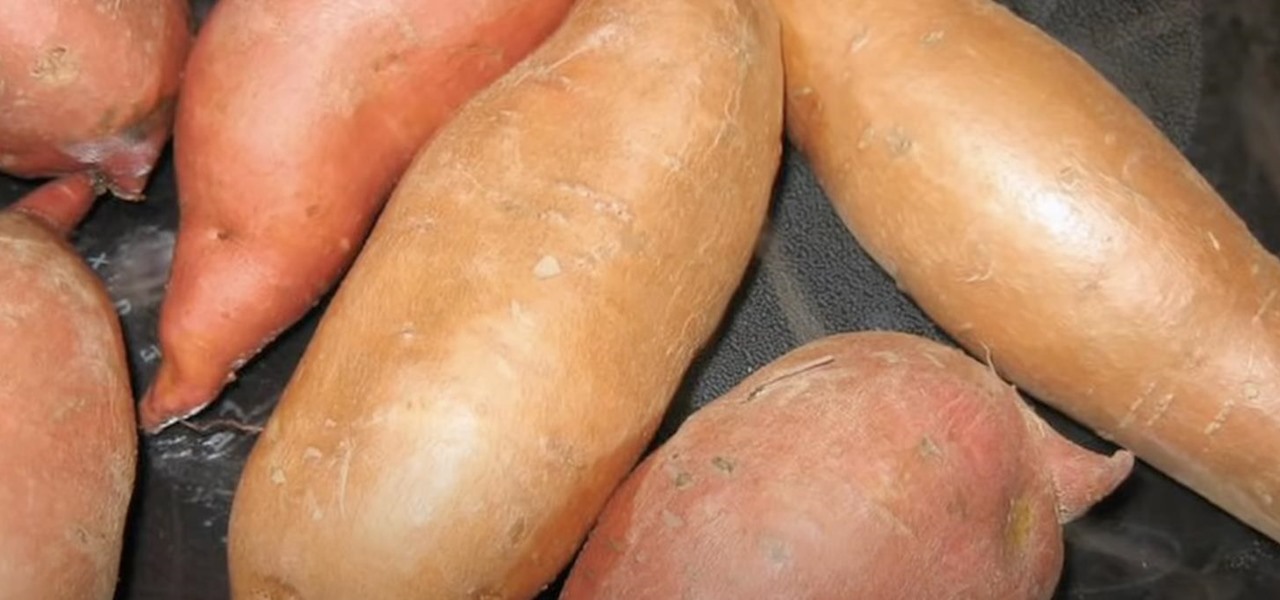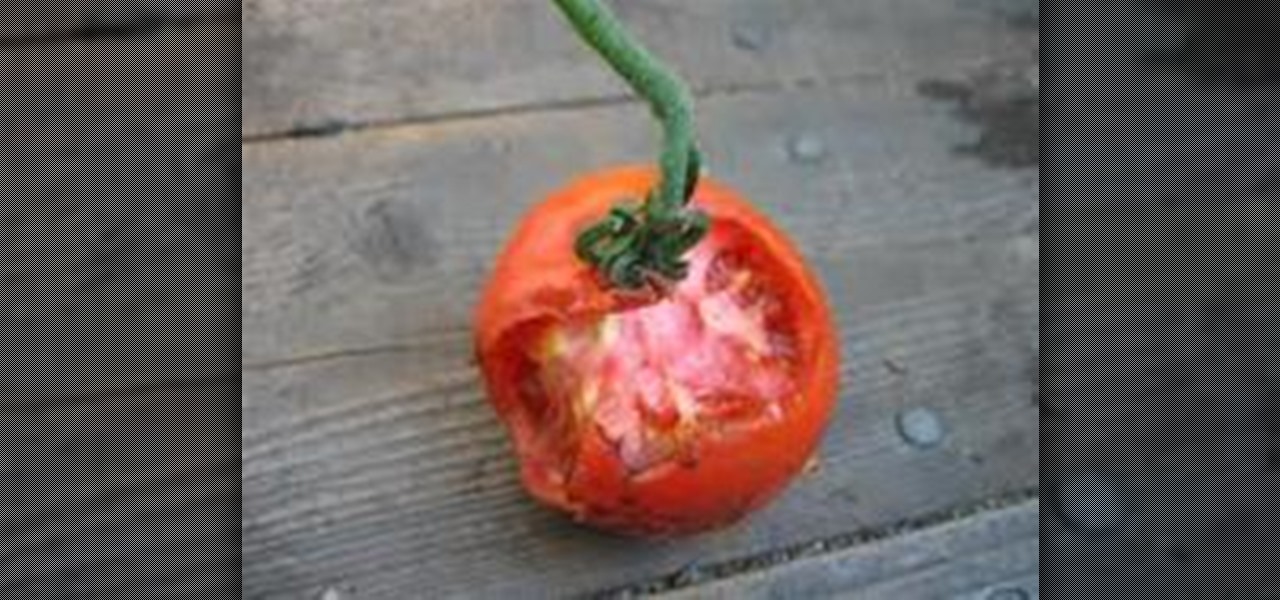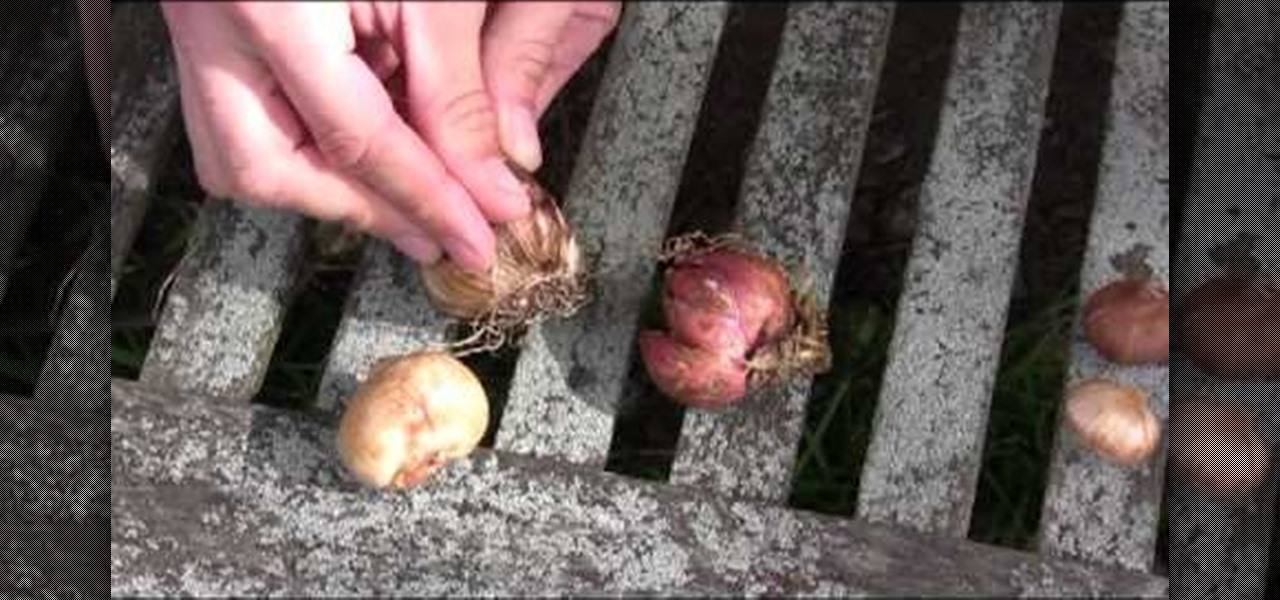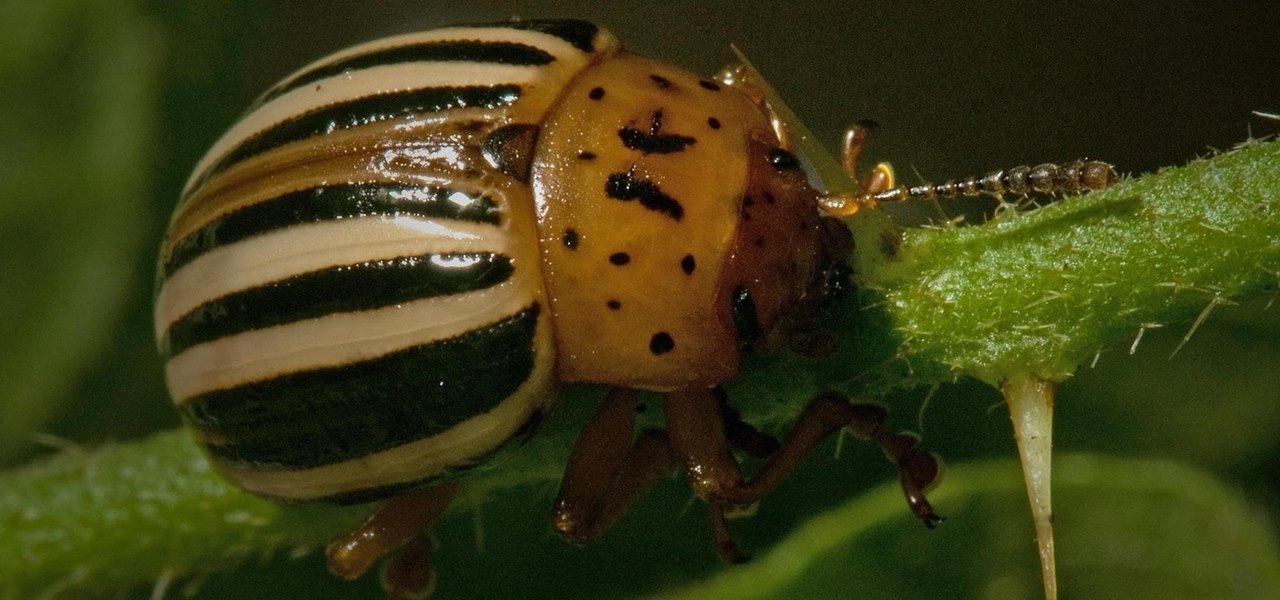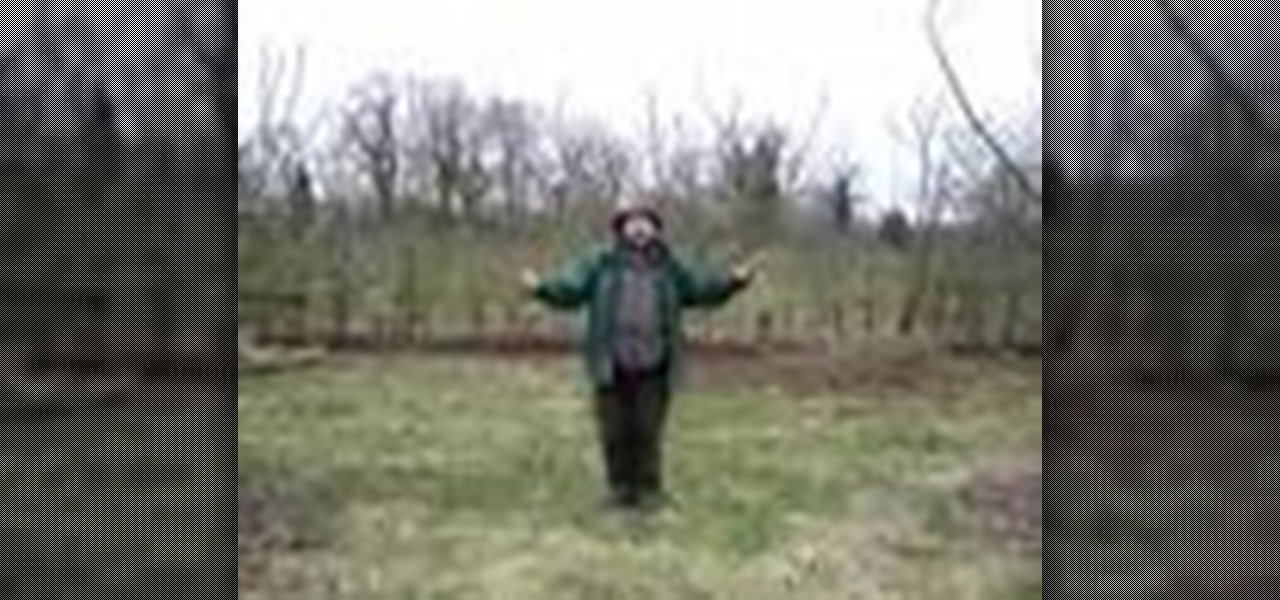Hot Gardening How-Tos

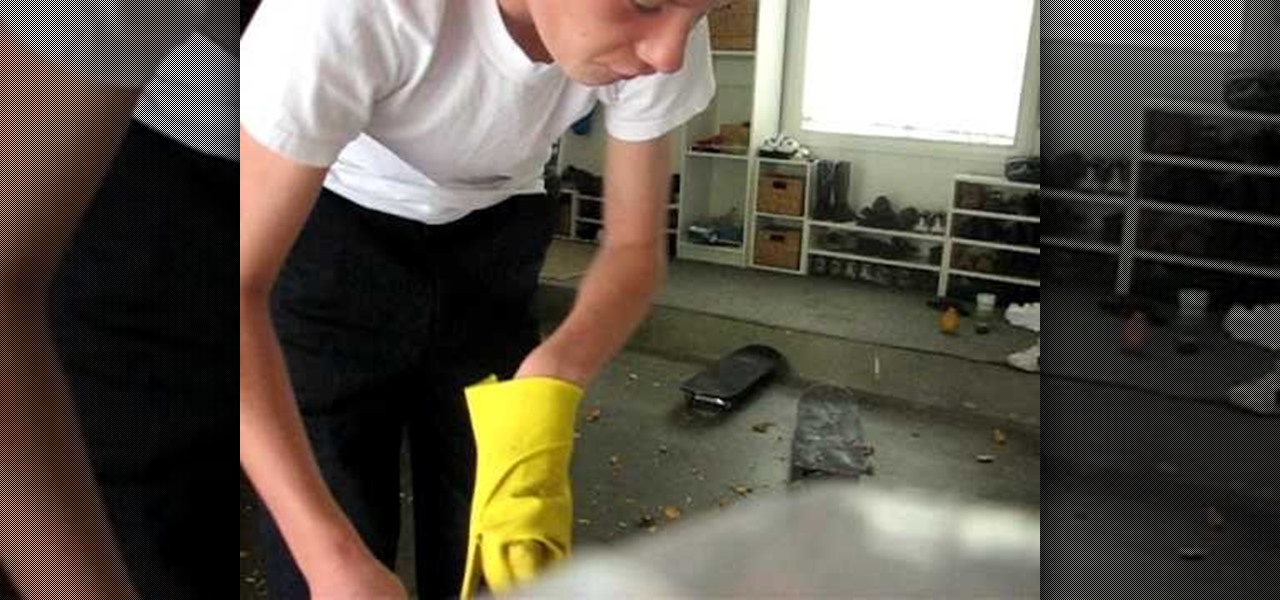
How To: Make a worm farm
To make a worm farm, you will need mud, water, a fruit or vegetable and a big container. First, fill a big container full of mud. Add water to it. Then, cut up your fruits or vegetables. Add your fruits or vegetables to the container full of mud and water. Next, put on some work gloves, grab a spade and collect worms from the outside dirt. You can also purchase them, if you'd prefer. Add the worms to the big container. After about two weeks the worms will start to reproduce. After about four ...
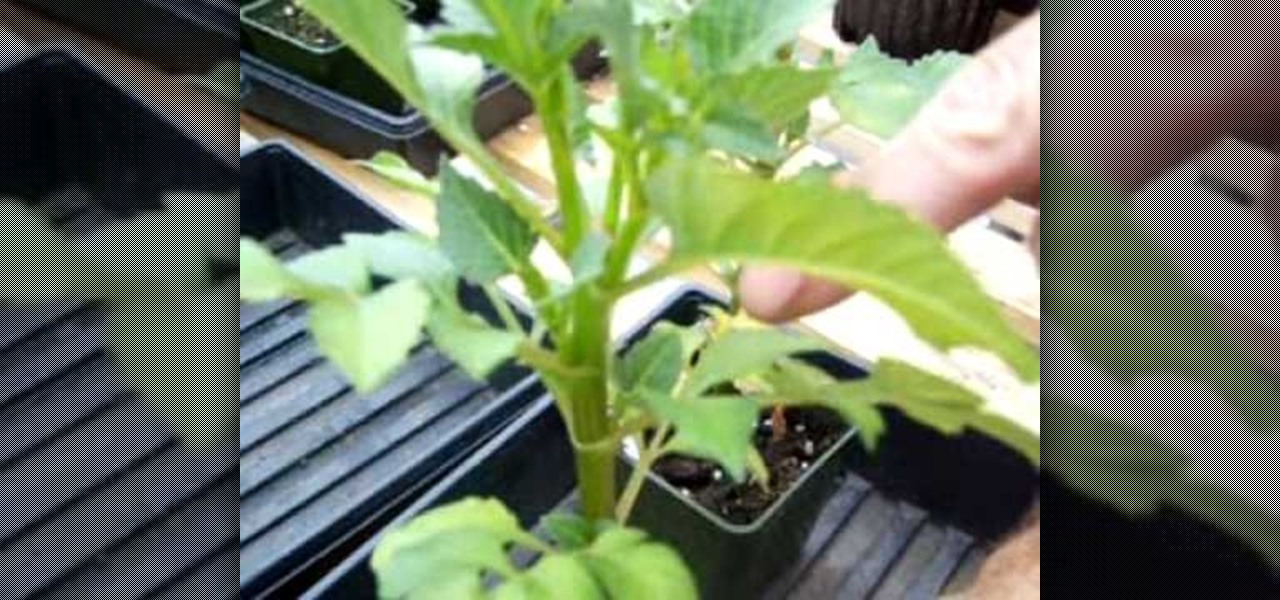
How To: Top or stop dahlias by the Dahlia Guy
In return, this allows the it to become more fuller and have more blossoms. This is done due to the fact that dahlias tend to grow in only one branch. One can top or stop dahlias by cutting the main stem just a couple of inches from the top. One can also use there fingers to snip off the top of the branch. Topping or stopping dahlias can be done upon planting them but also when you dead head later in the summer.
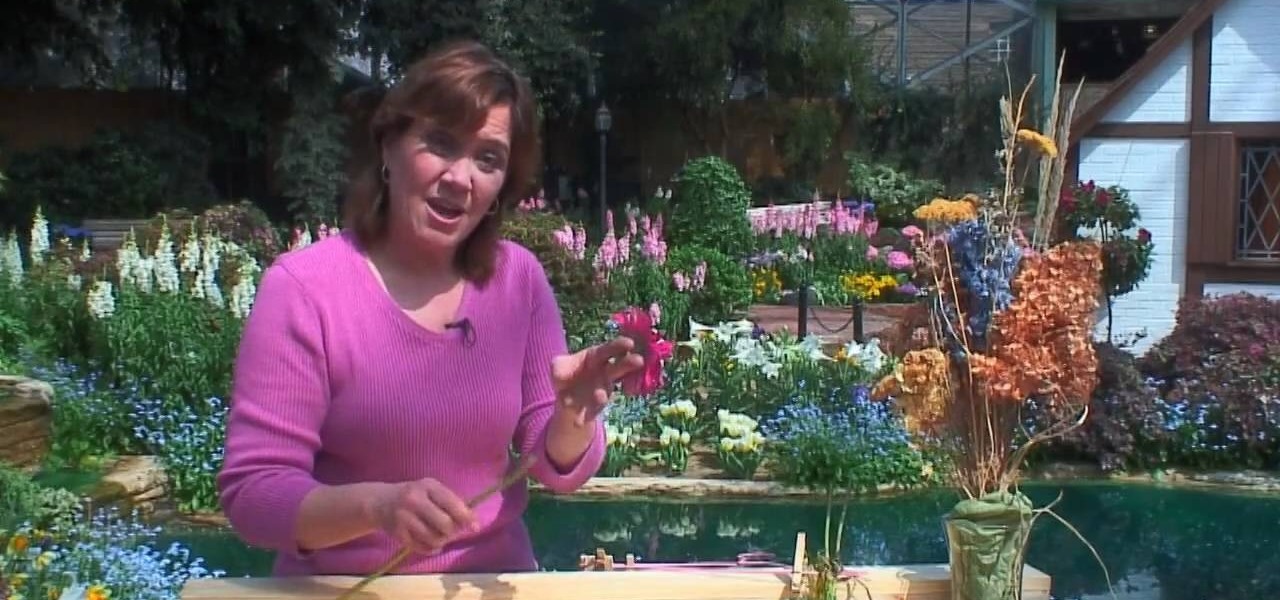
How To: Dry & perserve flowers
Preserve the beauty of your flowers by pressing them. One of the simplest ways in doing that is to press between pages of a book. It's wood, over cardboard, over absorbent paper. The flowers are placed between the paper and then held and pressed down by the cardboard and wood. It's then going to dry over time to preserve your flower. Now some flowers don't dry as well as others. What you can do is purchase some silica sand and burn the flower within it. It usually takes a couple weeks this wa...

How To: Make a soil sifter with hardware cloth and wood
Danny Lipford shows us how to filter rocky soil in a flower bed in this informative video. By stapling 2 pieces of 2x2 to a hardware cloth, a mesh is produced that can be clipped onto a wheelbarrow. A home-made sifter of this variety, without a solid frame has the distinct advantage that you can pick it up and toss the filtered out rocks to the side after use. The sifter could also be used to filter the clumps that appear in fertilizer bags, or even masonry sand. The resulting filtered soil i...
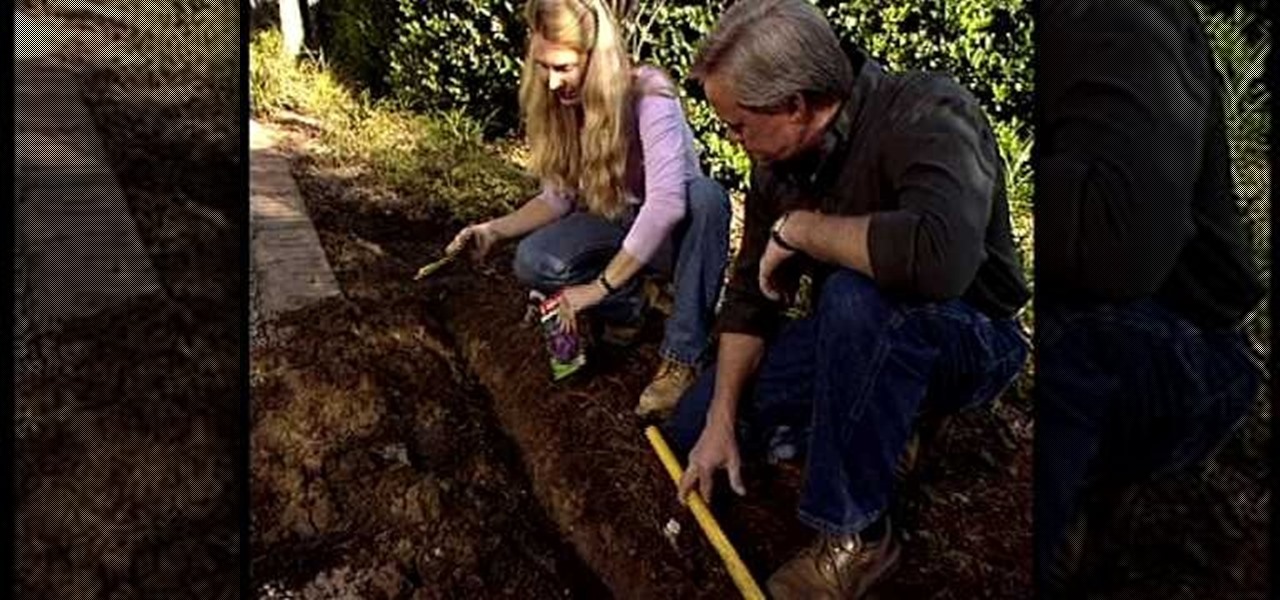
How To: Get more color in the garden
Danny Lipford shows how to grow a more colorful flower garden in early spring when there is not a lot of overall growth. He displays how he plants tulips and daffodils in the fall so that they bloom in the spring. He digs a troth about 6 feet long and 6 inches deep. After sprinkling bulb food in the troth, Lipford plants the tulip and daffodil bulbs, arranging them so each uniquely appears every other bulb. Lipford's assistant advises that he re-plants the tulips every year, since while they ...

How To: Plant corn
The video demonstrates the process of planting corn in a small soil-patch in your garden. The lady presenting you the video uses a 75g packet of Corn Honey & Cream Bicolor seeds from Heritage Gardens. Be aware that the corn cross pollinates very easily and hence you have to separate the different types of corn by planting time or by distance. The video says that 150 feet distance between different corn types is recommended but in smaller gardens, spacing can be achieved by different planting ...
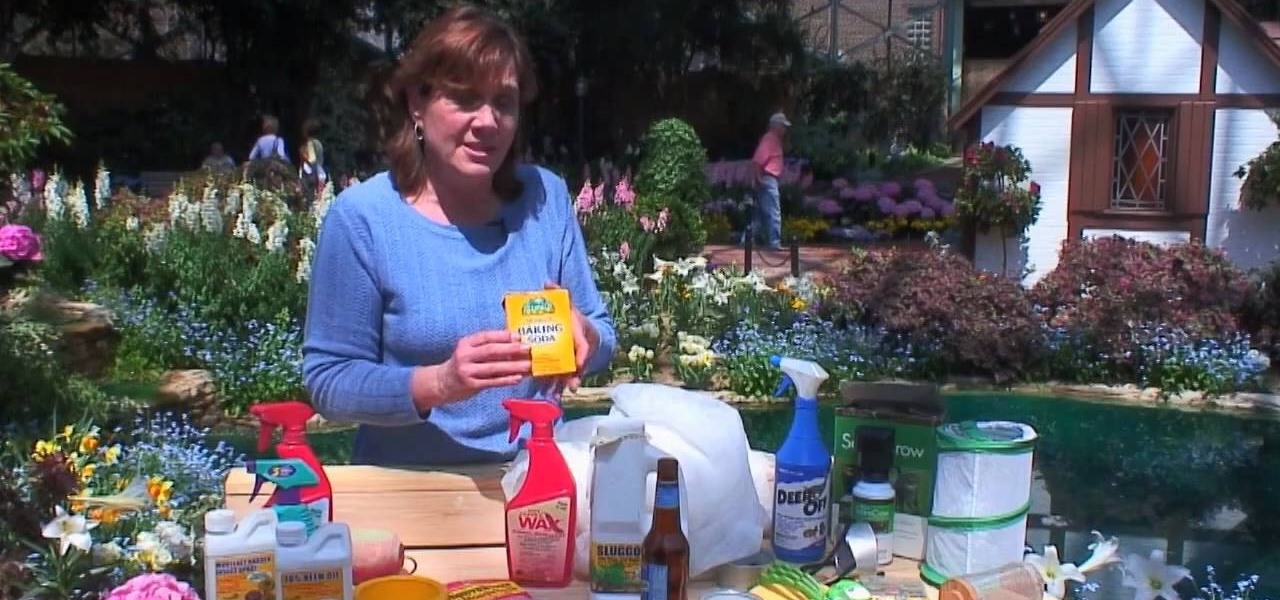
How To: Manage garden insects & pests in an eco-friendly way
In this Home and Garden video tutorial you will learn how to manage garden insects and pests in an eco-friendly way. For plant lice or aphids, blast them with a strong blast of water. That will dislodge them and they won’t climb back. You can also put some soap water in a yellow jar, they will get attracted to it, drown and die. Lady bugs are good insects that will eat the aphids. For mosquitoes, put the mosquito larva killing flakes into the water and that will take care of the mosquitoes. F...

How To: Plant garlic cloves with toilet paper rolls
This video demonstrates how to plant garlic cloves with toilet paper rolls. Take some toilet paper rolls and cut them in half. Fill the halves with damp soil. Put one clove of garlic into each little half, leaving the new shoot poking out of the top. You can make potting soil with peat moss, black dirt and vermiculite. When it is time to plant the garlic, you should just put the whole carton into the ground. When you buy garlic for planting, look for the giant variety. When you are saving gar...
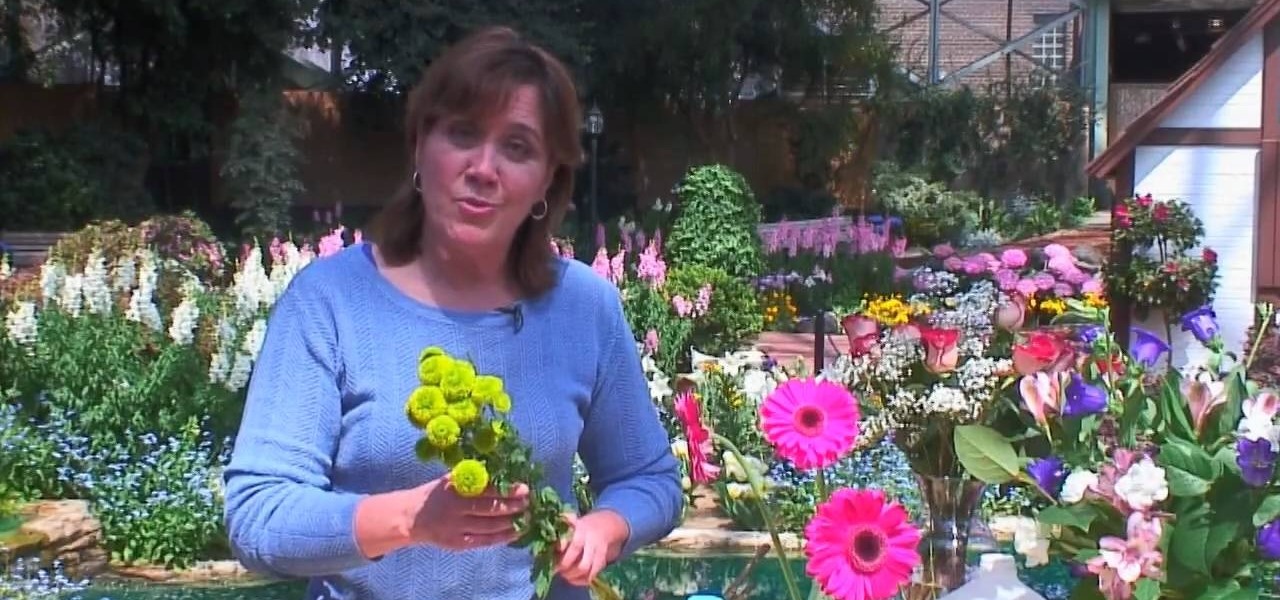
How To: Care for fresh-cut flowers
In this video tutorial, viewers learn how to take care of fresh-cut flowers. First, make sure you selected good quality flowers. Then strip off the leaves. Cut the stems at an angle to be able to fit in the vase. Make sure the water in the vase is clean. You can also make a preservative by mixing fresh water with a bit of soda and bleach. This video is very descriptive and clearly explains all the instructions. This video provides very good information. This video will benefit those viewers w...
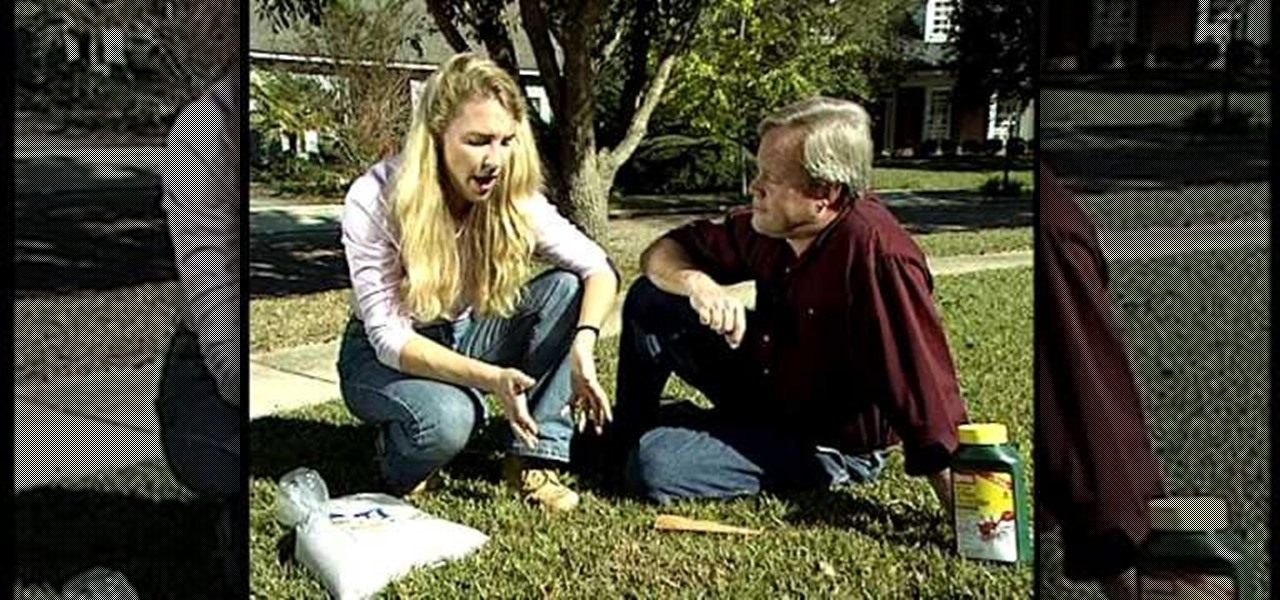
How To: Control a fire ant problem in your yard
This video shows how to control a fire ant problem in your yard. Fire ants don't do any damage to your yard, but they can cause damage with their bite.
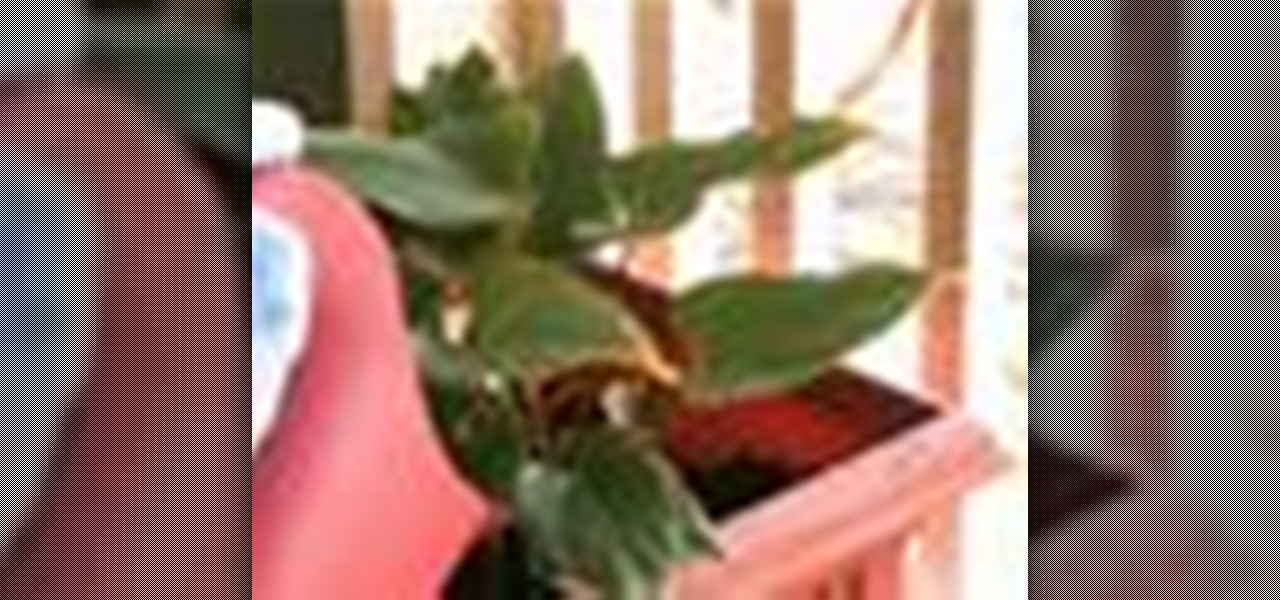
How To: Protect plants from freezing temperatures
The cold weather can mean bad news for your home garden. But if you take the right measures, you can protect your plants from dying during the winter months. This video will show you to prepare your plants to survive the cold.
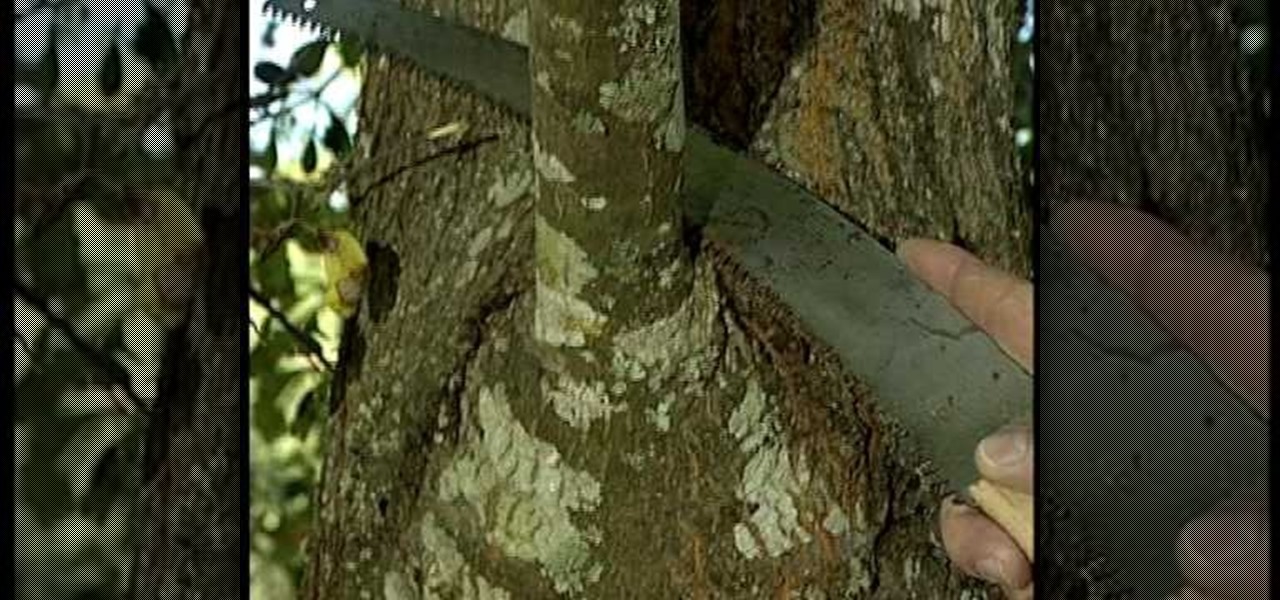
How To: Prune a damaged tree branch
Follow along as we are told how to prune a damaged tree branch. -A damaged branch on a tree can be really bad. It opens the tree up to diseases.
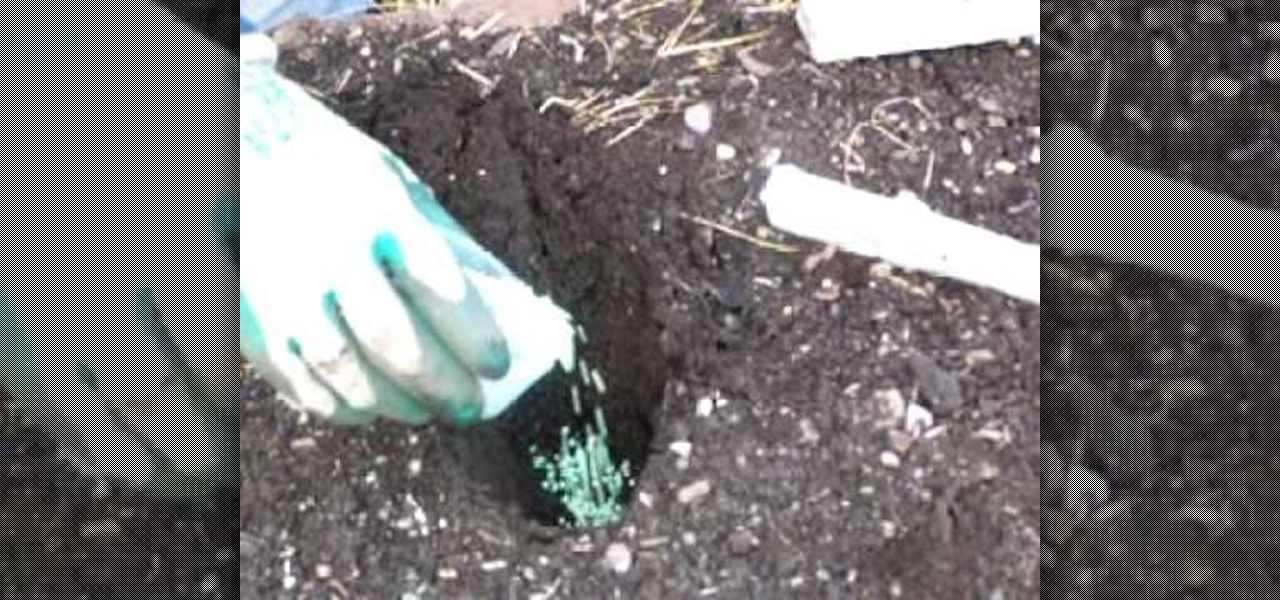
How To: Plant dahlias with the Dahlia Guy
The Dahlia Guy is going to show you step by step how to plant dahlias. First, you want to bury your tubers at 2-4inches of depth and place a stick right next to the eye so you know exactly where the dahlia will be. Also, you want to place a timed release fertilizer in the hole and then cover it up with the dirt. Now, take a 16inch long stick and use that to space out the dahlias in your garden. Some tips to use are use name tags at the beginning of the of the planting and at the end of the di...

How To: Grow healthy tomato plants
Follow along as we learn how to grow healthy tomato plants. -When you plant tomato plants you need to get a strip of tinfoil, about two inches wide, and wrap it around the stem.
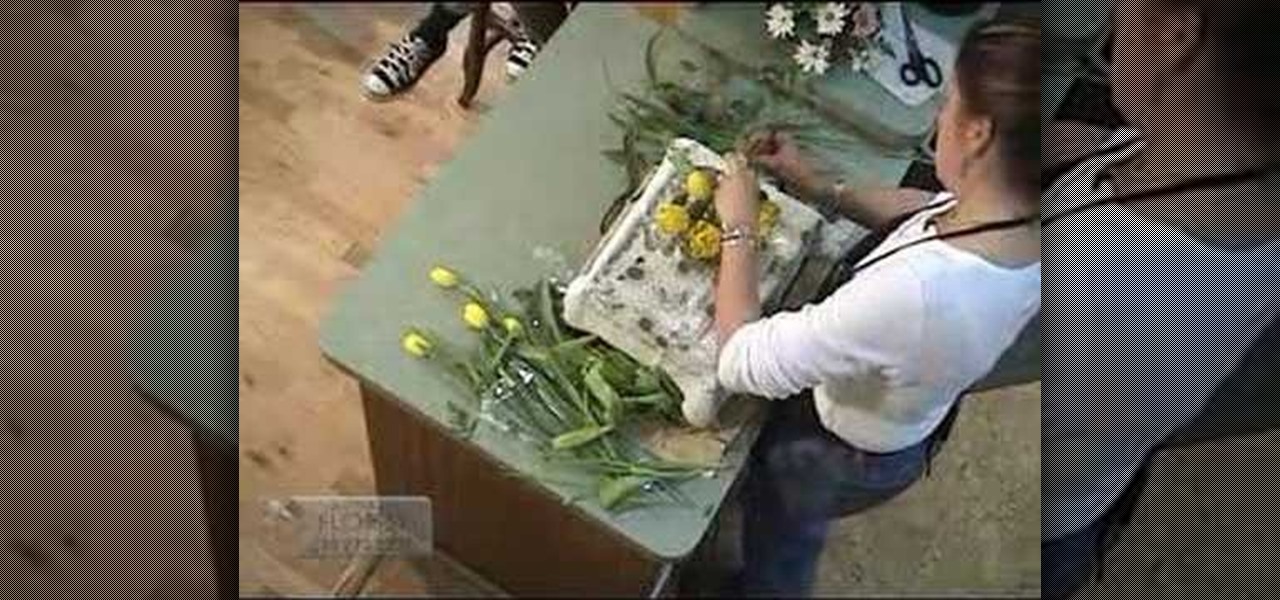
How To: Make a simple spring themed flower bouquet
In this video it is demonstrated how to make a simple spring bouquet with tulips and daisies. First take a transparent glass pot and fill it with water. Take some green soft thin stem, roll it and put it into the pot to make a base for the bouquet. Take some yellow tulips and put them into the pot in a clockwise manner and put some seeders in between the tulips. Add some lily grass to it so that the bouquet looks bigger. Now add a dragon fly floating at the top. As time goes by, the tulips wi...

How To: Disbud dahlias by the Dahlia Guy
The Dahlia Guy is going to explain the importance of disbudding dahlias. He explains that when you disbud a dahlia it allows the main flower to blossom to its fullest potential. When you don't disbud, the other buds that grow out of the flower can stunt the growth of the main flower. Now, when you disbud you want to locate the main flower of the group (3 buds usually, sometimes 2) and then just pull out the buds that are growing next to it. There is no true right or wrong way to disbud so any...
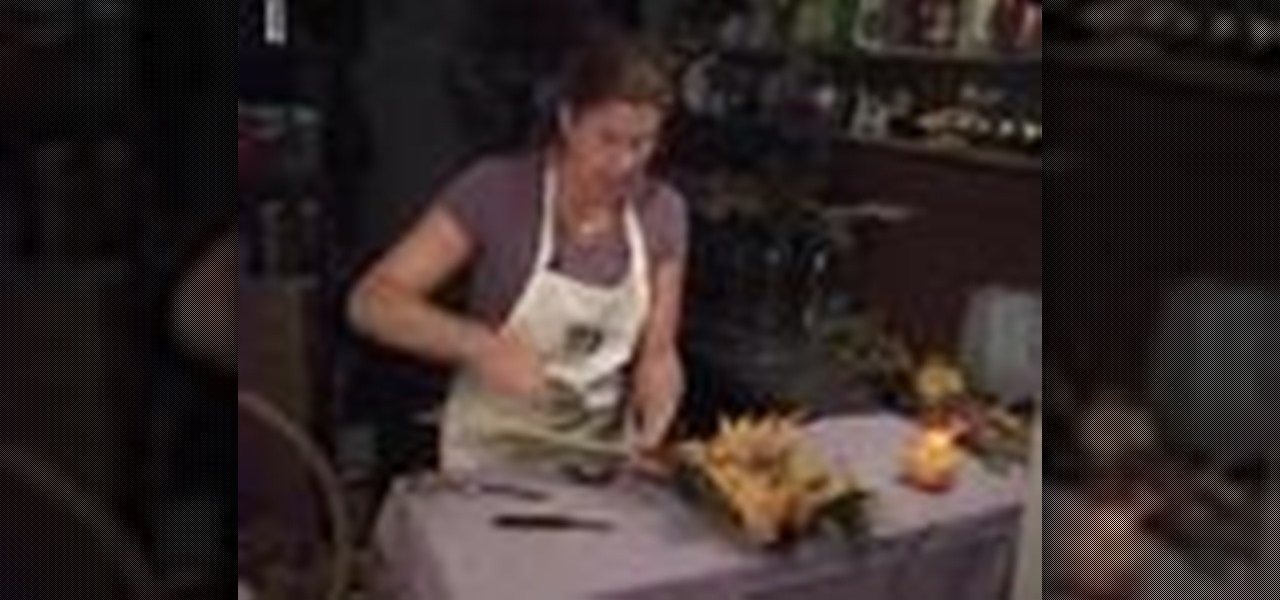
How To: Make a fall themed flower bouquet
Grassvalleyflorist teaches you how to make a fall themed flower bouquet. For this you will need some fountain grass, autumn leaves, English laurel, redwood, oregano and another weed that looks good. Layer all of these together, on top of each other. You can also add some pine cones. Wire in the stems allows the whole thing to stay together. Use ribbons or florist wire. Cut the ends so that the bouquet is not very long. You can also make a bow out of a big piece of material or ribbon. The best...

Propagate! HowTo: Make Many Plants From One
Spring is coming around the corner, and what better to welcome it through the door than houseplants? Design Sponge posts a simple tutorial on plant propagation, the natural process of using plant cuttings to produce more plants. Surprisingly easy (and cheap).
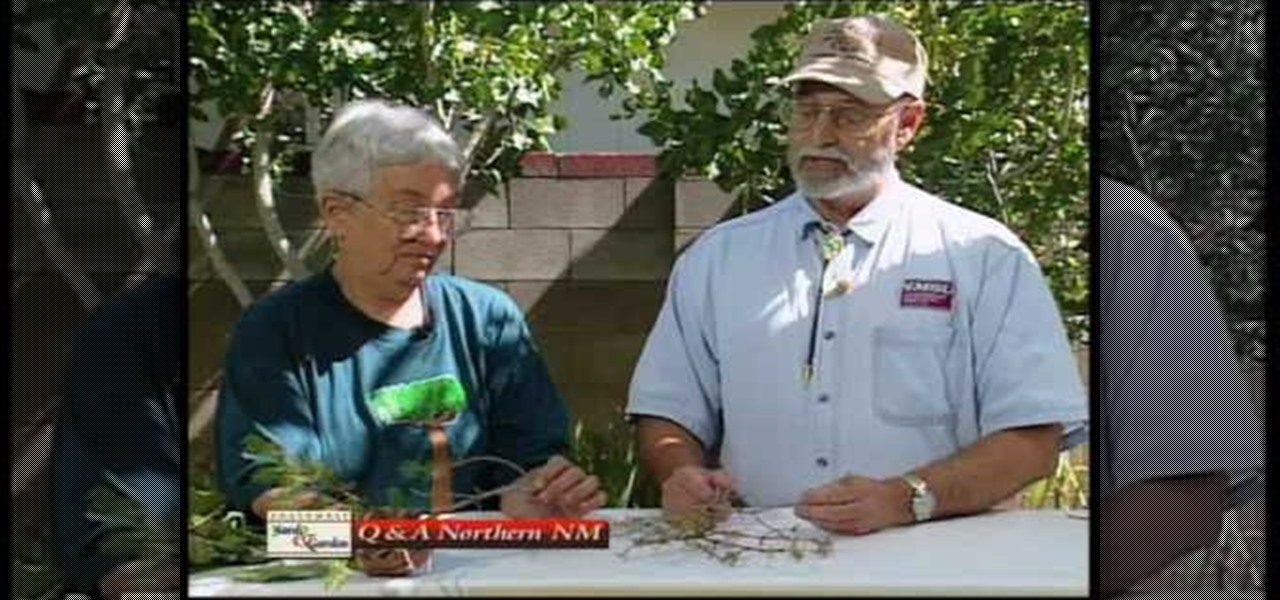
How To: identify problems with the cotton wood and aster tree
In this Home & Garden video tutorial you will learn how to identify problems with the cotton wood and aster tree. Curtis Smith, extension horticulturist, presents this video along with Judy Nickell, master gardener. Female Junipers make berries and male Junipers make pollens. Lot of people are allergic to the pollens. So, you will be better advised to avoid male junipers in your landscapes. On the other hand berries of female junipers attract birds and are good for increasing bird activity. F...

How To: Dwarf a tree
Love the beauty and fresh fruit of trees but have limited space? Try your hand at dwarfing a tree. You can enjoy all the benefits of a tree without any worry of the tree outgrowing the area or roots damaging side walks and property. Plus, they just look adorable.
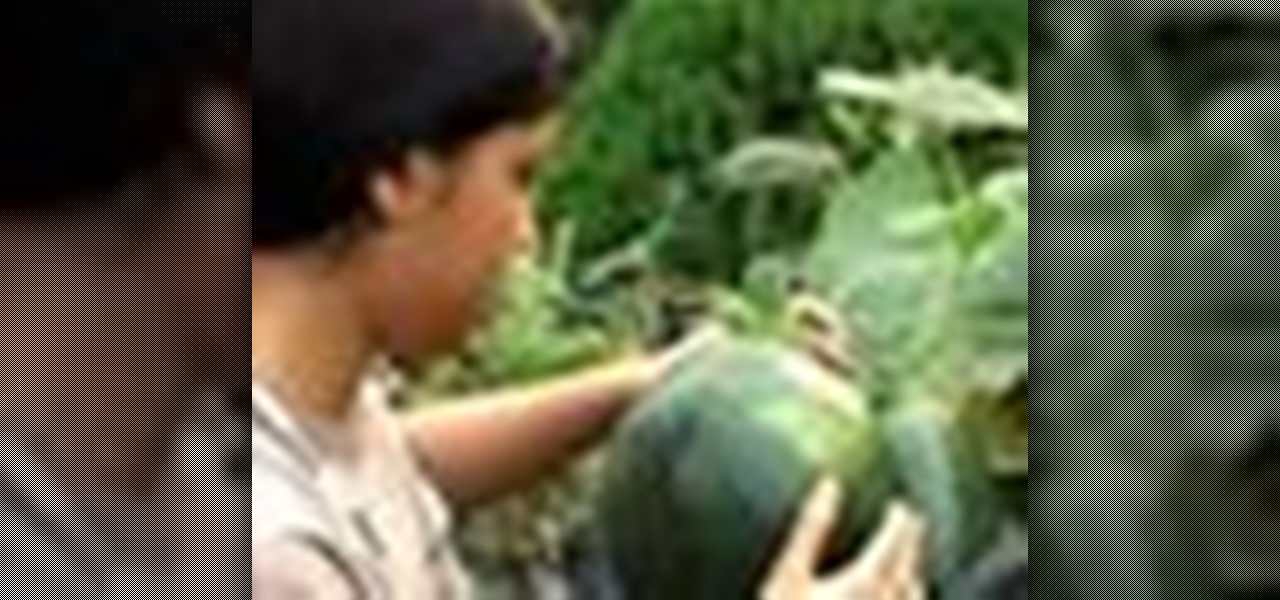
How To: Grow watermelon
Watermelon is not only a refreshing treat but is full of nutrients and energy. Prepare for a summer you will never forget by starting a watermelon patch today. From seeding to watching your plants grow, this is a fun project for the whole family.

How To: Read a Lowe's plant care tag
This quick video tutorial from Lowe's will show you how to properly read a plant's care tag. Every Lowe's plant has its own Care Tag, and by reading the tag you will earn how to care for your individual plants. Each tag also comes with a number which you can type in at lowes.com/plants. Here you will find more detailed information about your plants. The tags also come in different colors, and these also have a meaning, for example purple tags represent plants that are good in low light condit...
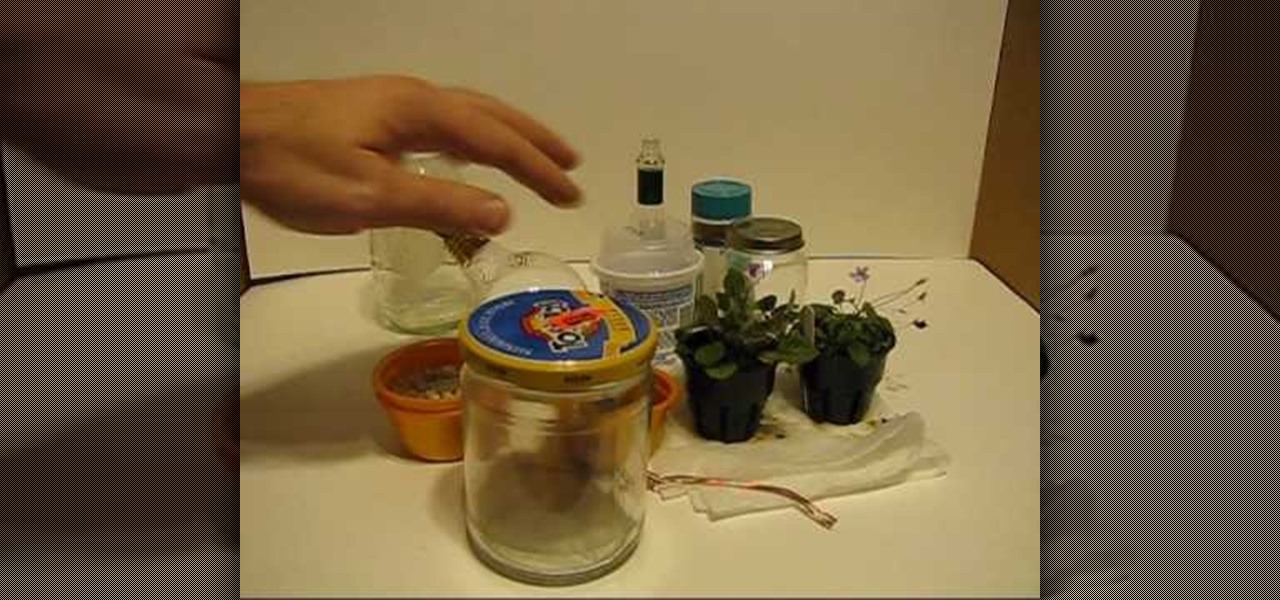
How To: Make a micro terrarium
Learn how to make a micro terrarium which usually holds 1 small plant in simple steps. You can use any type of container like a light bulb, yogurt container, baby fruit jar, spice container, honey jar, etc. Now select your container and add some soil in it. Place the seeds if you are using them or plant the miniature sinningia in the soil. Use a copper wire to tamper down the soil nicely and close the container lid.
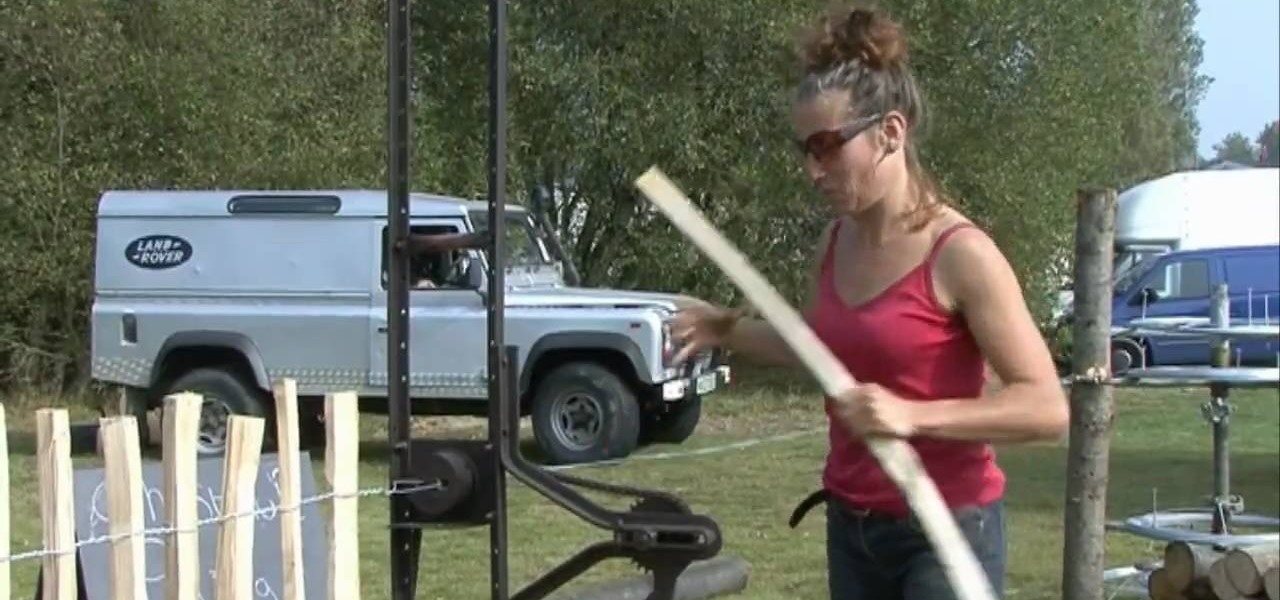
How To: Make chestnut paling
Learn how to make chestnut paling using a paling machine from Aly May in simple steps. First tie the strings up and down in a wooden pole according to the length you need. Start by placing the wood in between the strings upside down fitting perfectly. Now roll the machine to twist the strings and repeat the same till you get your desired length. You can also use wood with sharpened edges if you want to make a fence. It can be also used for some events but you have to change its length and dur...

How To: Grow tomatoes in a container
Nothing says fresh and delicious like a ripe tomato from your home garden. This horticultural how-to will walk you through the fundamentals of container tomato gardening and present you with a list of the basic materials you'll need to get started growing your very own tomatoes.
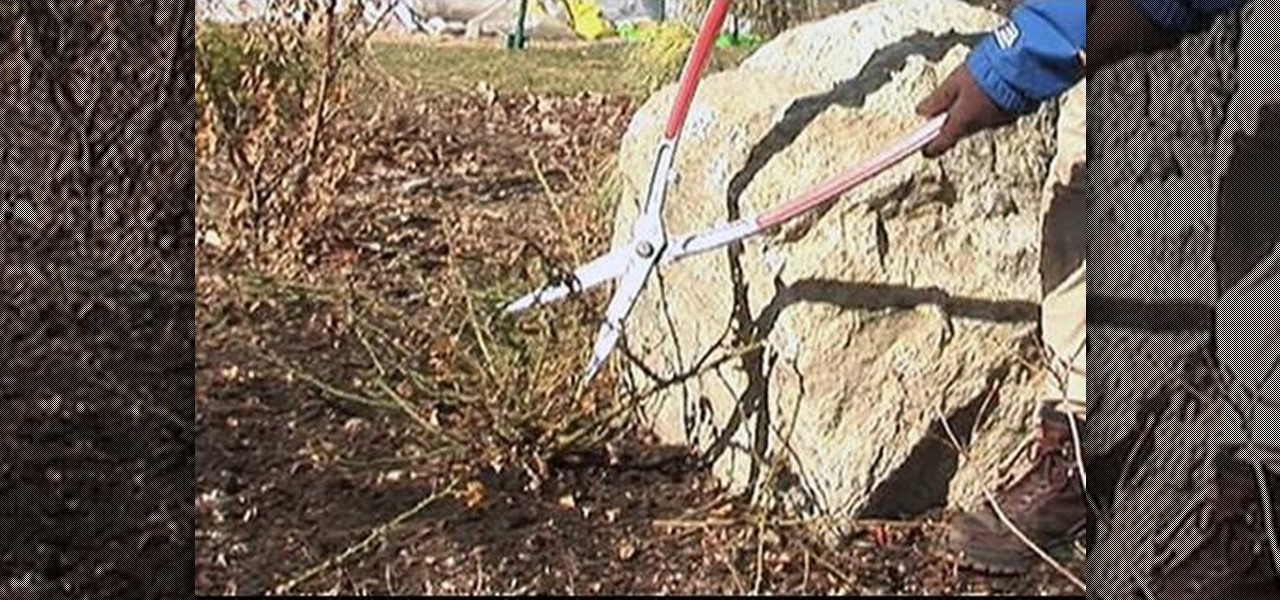
How To: Prune a flower carpet rose for the spring
Even though flower carpet roses aren't as susceptible to disease as are other rose species, you'll still need to care for them to ensure that they stay healthy. In this horticultural how-to, Dave, of Growing Wisdom, will tell you how to see to it that your flower carpet roses have a healthy summer and fall.

How To: Build a wormery
If you don't have room for a full-scale compost heap, you can always employ the services of some worms. In this handy vermiculture how-to, you'll learn how to build your very own wormery.

How To: Multiply red fountain grass
In this video, Shirley shows her viewers an effective way to multiply your red fountain grass in order to create more grass from a single plant. After the growing season, find a large, overgrown patch of grass and use a shovel to dig out a section by the roots. After planting the grass in a pot, it is crucial that you shear the top of the plant so that the grass is only 4 to 5 inches tall. This will ensure that the plant focuses on growing roots rather than its blades at the moment. This meth...
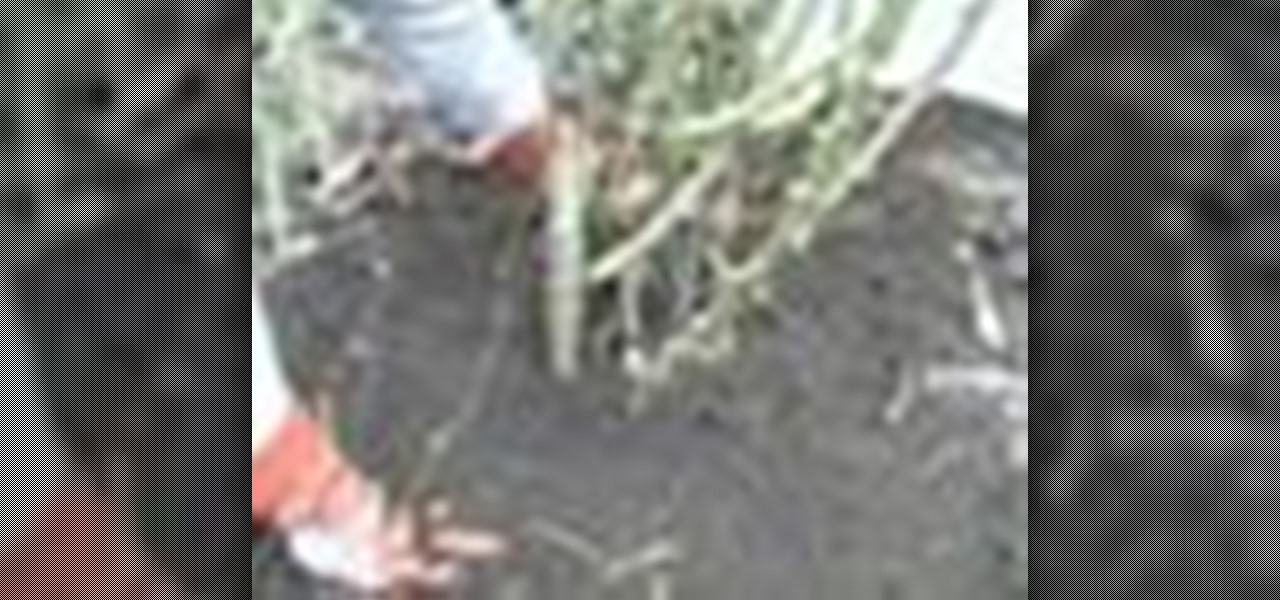
How To: Feed and mulch roses properly
This video shows you how to feed and mulch your roses properly. Choose a fertilizer that is labeled as being especially for roses. It will have the right balance of nitrogen for top growth, phosphorus, which stimulates the bloom, and potassium for root development.
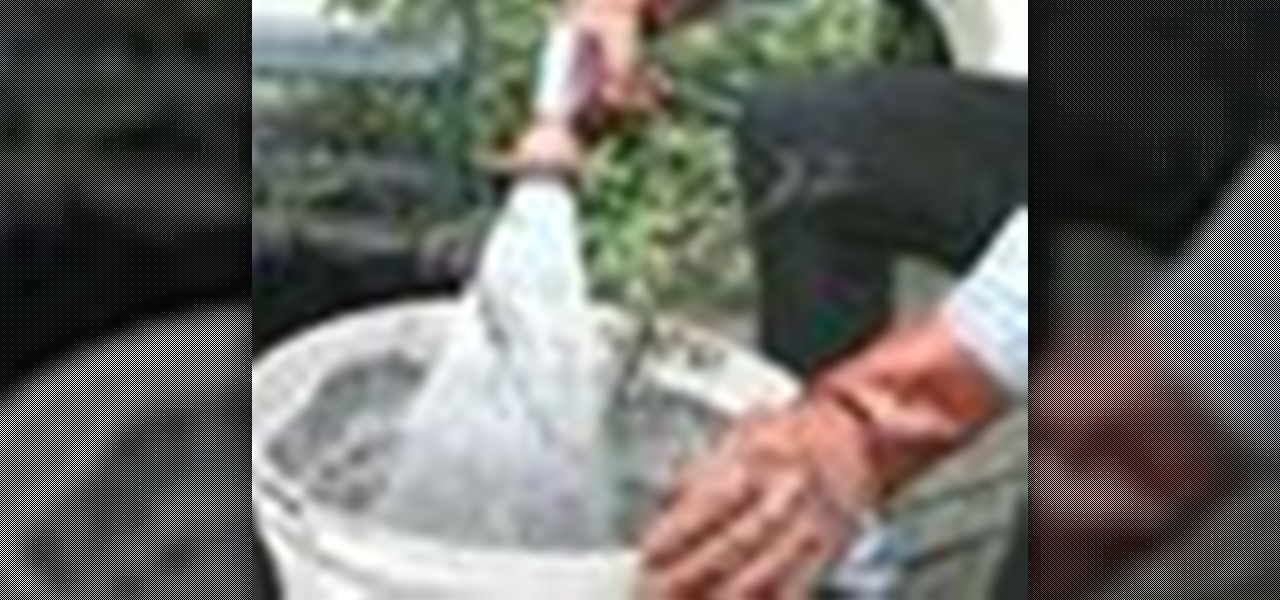
How To: Plant garden roses in containers
Planting roses can make your home beautiful, but there is more to planting roses than just picking one from your local nursery. Selecting a rose that will stay in scale with the container without much heavy pruning can make all the difference in having healthy, long-lasting, producing rose bushes.

How To: Install drip irrigation
Patti Moreno, the Garden Girl, from GardenGirltv, brings us this step-by-step video about how to install what's called a drip irrigation system in her urban sustainable garden with this square foot gardening technique. She illustrates this process in a very detailed way, describing all the tools and various parts you will need to create an irrigation system for your garden that will allow you to save money and water, not to mention time spent watering each plant individually, for under $200.
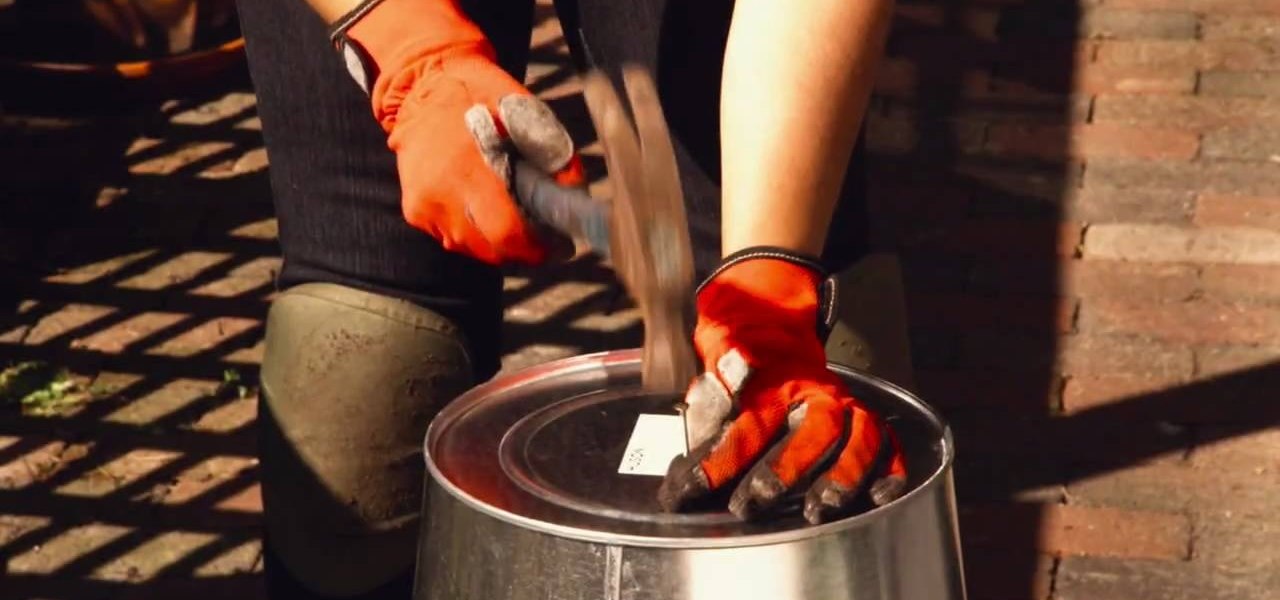
How To: Create drainage holes for a container garden
In this video, Patti the Garden Girl will show you how to put drainage holes in your container garden from galvanized steel containers. To avoid your plants sitting in water, you simply need a hammer and a nail that is about a quarter of an inch thick. You then should hammer about 10 small holes in the bottom of your galvanized steel planter. This should allow proper water circulation in your planter, preventing your plants from drowning. This is a perfect and easy way for any gardener who wo...
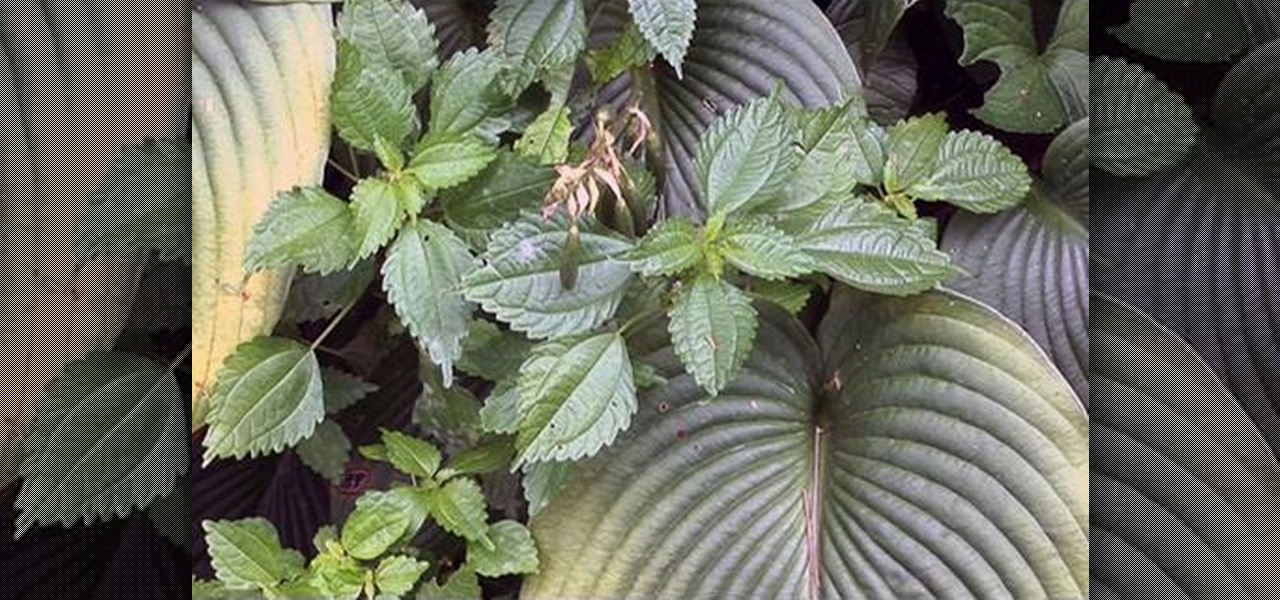
How To: Identify & remove clearweed
Clearweed is a member of the nettle family and it comes up all over the country. The easiest way to identify the plant is by the little white flowers that grow along its stem. There really isn't anything wrong with the plant but it is a weed that covers up other stuff in the garden. An interesting point about it is that it pollinates by the wind. So when the wind blows the seeds of the plant are blown about. You will typically find it growing in clusters because it is blown by the wind. Four ...
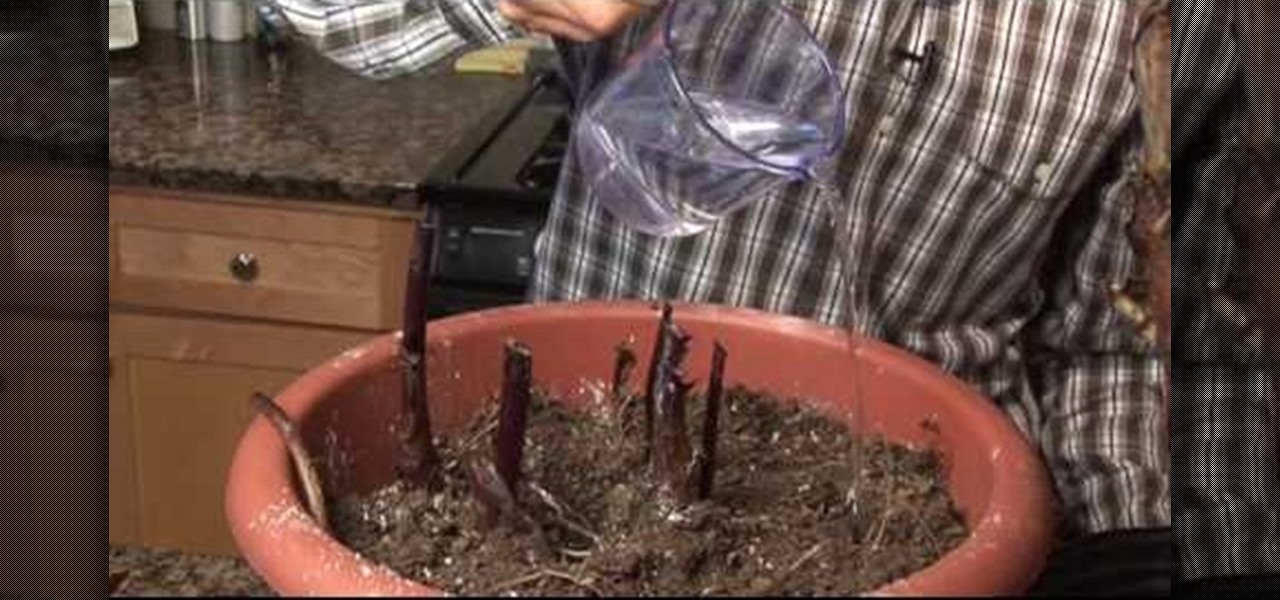
How To: Wake up your plants for spring
Have you ever wondered how to revive a dying plant after a long winter? Well, most plants actually hybernate and, with a few simple tricks, you can easily wake up your plants for spring.

How To: Plant flowering bulbs with Lowe's
Flowering bulbs require some few common tools before planting such as compost or peat moss, work gloves, fertilizer, garden trowel or bulb planter and the garden bulb of your choice. During the spring season you can plant tender bulbs such as, irises, gladiolus and elephant ears. In terms of fall plantings you can plant bulbs such as tulips, daffodils, hyacinths and crocuses which could give a beautiful bloom in the spring. In general the blooms will last till three to four weeks, bulbs such ...
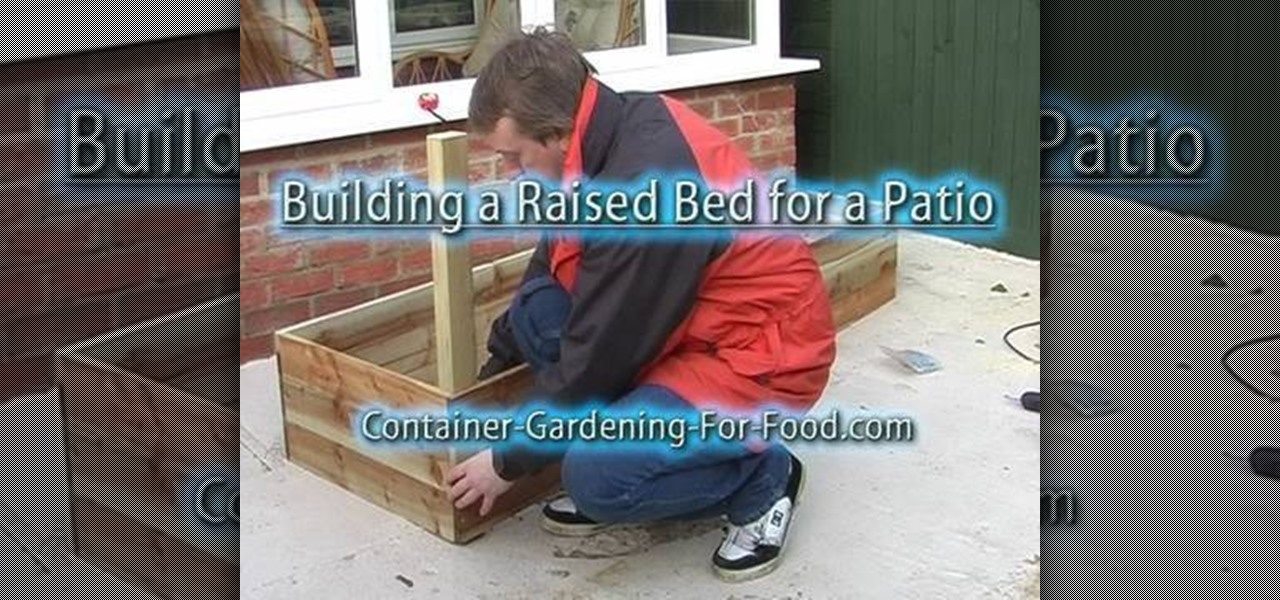
How To: Construct a raised bed vegetable garden
Did you ever want to have your own garden but shelved the idea because there was not much space to work with. Well! This is the video you got to watch then. It’s a very innovative approach to gardening in limited space. After watching this video you would pretty much want to have a garden of your own in your home and what's more, you can have it too!
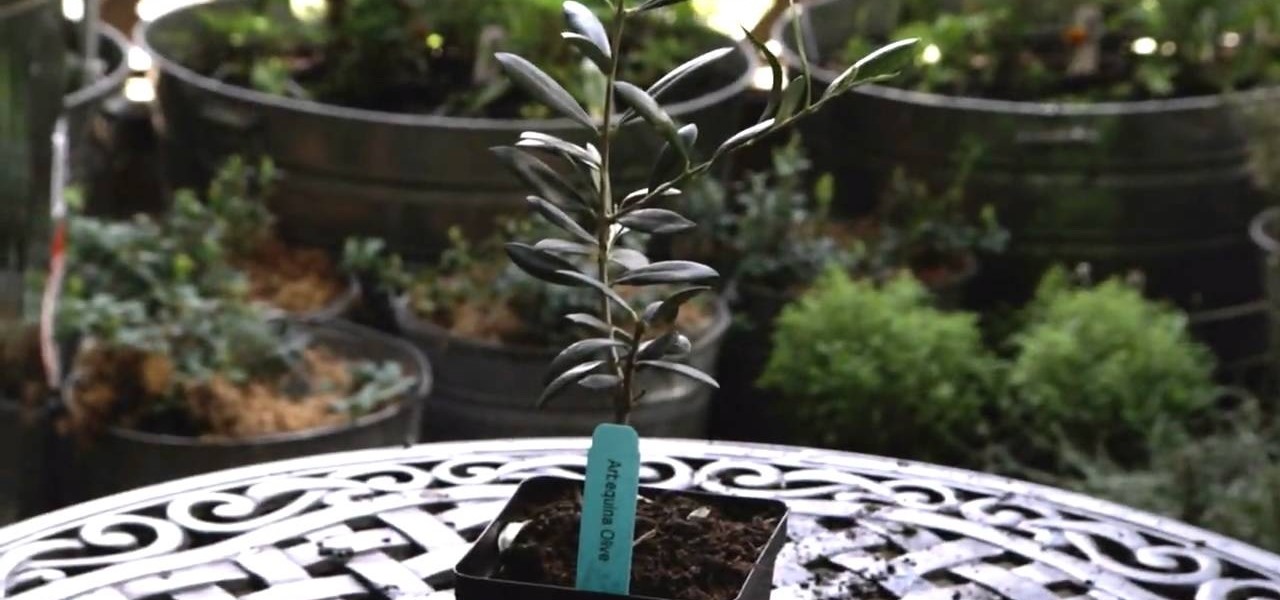
How To: Grow an olive tree in a container
Patti Moreno, the Garden Girl, describes how to grow an olive tree in a patio container garden. She will be able to bring the trees indoors for the fall and winter. If the sapling comes in a 4-inch pot, plant it in a 10-inch container. If your container does not already have drainage holes, use a hammer and nail to poke holes in the container bottom. Put a layer of crushed stone in the bottom of the container for drainage. Fill the container with organic soil and a trowel full of organic fert...
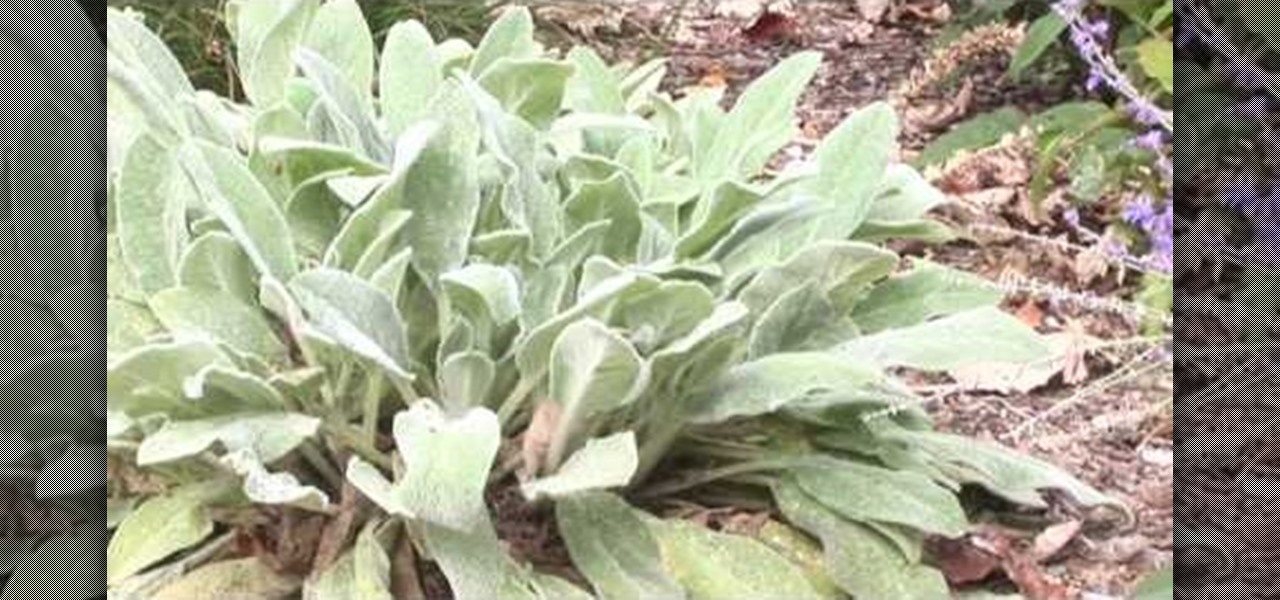
How To: Plant Lamb's Ear as a ground cover in your garden
When watching this video, you will realize why Lamb's Ear, or stachys byzantin, may be a perfect choice of plant to set in front of your other plants. With a sea green color and low profile, it will set the rest of the garden off beautifully. Place it along borders of the garden or even along your driveway. Lamb's Ear is a hardy, drought resistant plant that is easy to care for and will do well in sunny areas. It does shoot up and grow a large flower later in the season. This would be your op...

How To: Water deciduous trees in autumn
Watering requirements for deciduous trees is dramatically different in autumn than at other seasons throughout the year. In the autumn there is less wind, less evaporation, the temperatures are lower and so there is less of a problem with dehydrating the plant. When you plant the tree. Dig a hole and put the tree in the hole. Fill the hole half way full of soil and flood the rest of the hole with water. Let is soak in and then fill it again. This will soak the roots and also the ground around...

How To: Trim shrubs and prune hedges with Lowe's
This is another great video from Lowe's, which shows you how to trim shrubs and prune hedges. This video shows Lowe's Home Improvement expert Mike Kraft sharing some tips and tricks on how to make your garden even a better place. This Lowe's do-it-yourself video shows you step-by-step instructions on how you can trim the shrubs in your garden and prune the hedges in your garden. A good video for those who care how good their garden looks.



